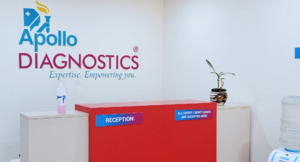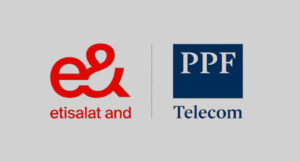Missouri universities and research organizations will need to cut about $100 million from administrative costs for research funded last year by the National Institutes of Health or replace the money from other sources if President Donald Trump’s attempt to reduce indirect costs is successful.
There were 1,553 grants worth $901 million issued by the NIH to Missouri institutions during the most recent federal fiscal year. The recipients reported spending as much as 30% of their grant on indirect costs to support their research.
The grants allow research into medical problems, such as pandemic preparedness or the control of infections acquired in hospitals. They also cover agriculture and veterinary research, like the Swine Resource Center at the University of Missouri, and public health problems such as how policies on E-cigarettes impact youth tobacco use.
A federal judge on Monday evening issued a temporary restraining order blocking the cuts in response to a lawsuit joined by 22 states, not including Missouri. The order covered all federal funding cuts made since Trump took office Jan. 20.
By far the biggest recipient of NIH grants was Washington University in St. Louis, which received 1,192 grants totaling $732 million, followed by the 162 grants worth almost $70 million to the University of Missouri’s Columbia campus.
Both universities spend well above the 15% cap on indirect costs set as the goal for NIH research under the new policy.
Other significant recipients of NIH grants in Missouri include St. Louis University, which received 63 worth $25.8 million; Children’s Mercy Hospital in Kansas City, which landed 26 grants worth $9.7 million; and the Stowers Institute for Medical Research, which received 19 grants worth $5.1 million in the most recent fiscal year.
Washington University reported it will have about $189 million in indirect costs for its grants, or about 26% of the total. The University of Missouri reported its indirect costs will be about $21 million, or 30% of the amount awarded.
In a message to the Washington University campus, Chancellor Andrew Martin said the campus administration is reviewing the new rule, which will “have a significant impact on institutions like WashU” and is working to get the new rule reversed.
“We’re mobilized on multiple fronts,” Martin wrote. “Our leadership team is closely reviewing the policy, and our government relations team is engaging with congressional representatives and others to ensure that they understand the consequences of these cuts and are encouraged to act to address this threat to research and its many benefits to society.”
To get indirect costs below 15% for the grants awarded in fiscal 2024, Washington University would have to cut about $80 million in administrative expenses or find it from other sources.
At the University of Missouri, indirect costs exceed the new threshold by about $10 million for the Columbia campus. There are a handful of grants for the other three campuses — University of Missouri-Kansas City, University of Missouri-St. Louis and Missouri University of Science and Technology in Rolla — that would add about $1.7 million to that amount.
The university system administration was unable to say Monday whether it would cut costs — likely resulting in job losses — or cover the shortfall from other resources.
NIH funding supports research in agriculture, biomedical sciences and advanced technologies at the university, according to a statement issued by University of Missouri spokesman Christopher Ave.
The change in indirect funding “would mean significant annual reductions in funding for our vital NIH-sponsored research that saves lives, creates jobs, enhances national security and improves quality of life for people in every part of our state and across the nation,” Ave said. Like Washington University, the UM System is working to get the decision reversed, the statement said.
“Our leadership is communicating with key stakeholders in government, the private sector, other universities and other communities,” Ave said.. “Leaders of our campuses have directed faculty and staff working on NIH and other federal grants to continue their important research and to keep submitting NIH proposals as well as other federal agency grants as we further assess the situation.” Missouri Independent









